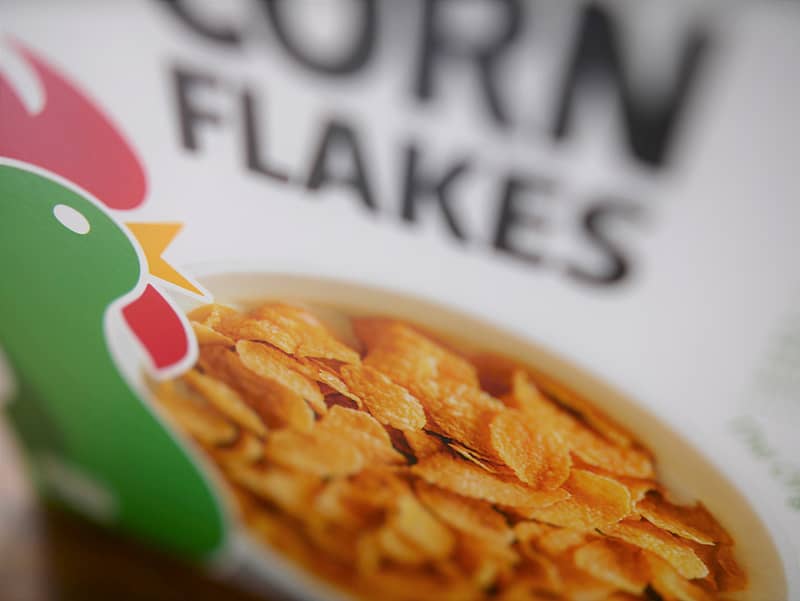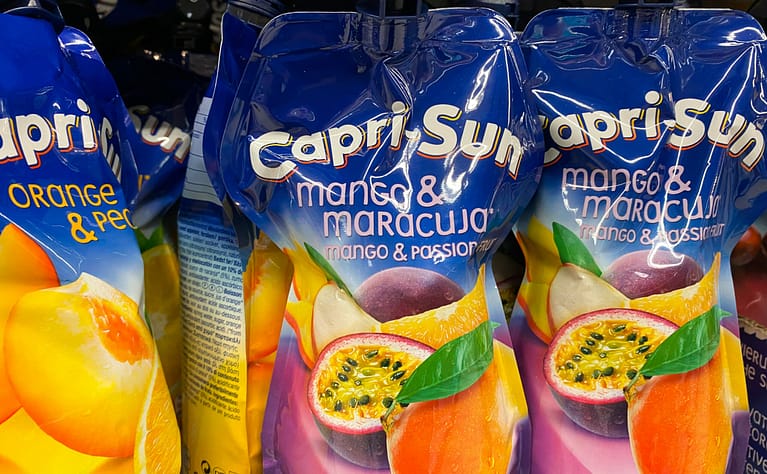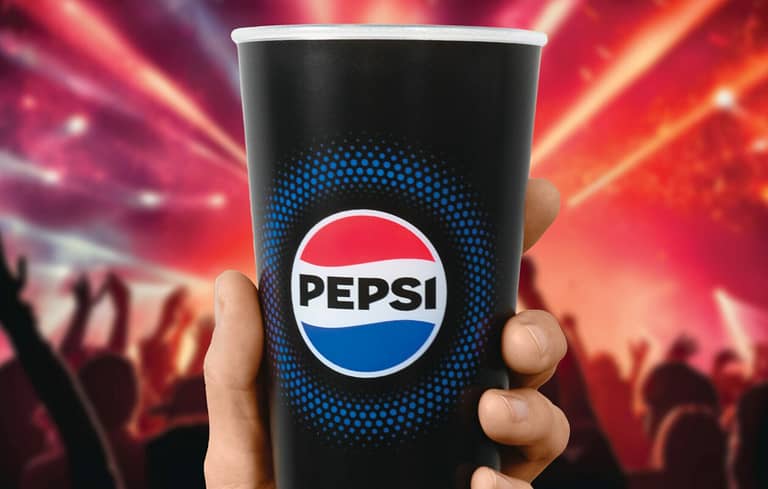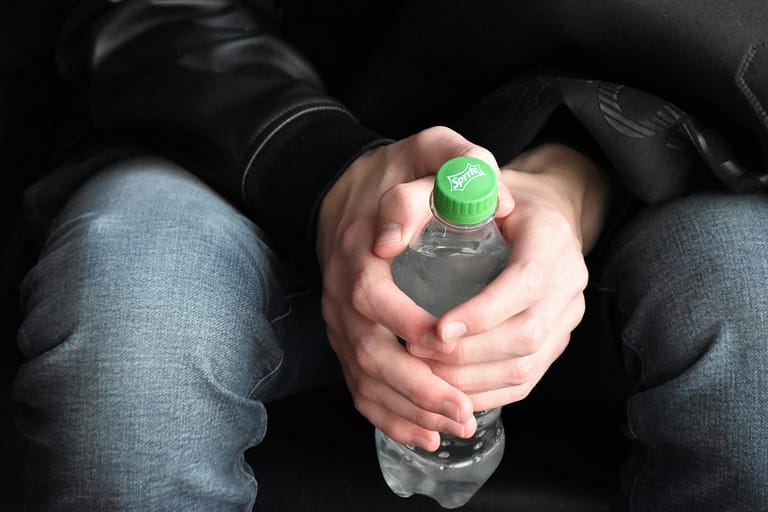Photo source: Unsplash
Kellogg’s downsizes cereal boxes and saves 10% CO2
Thomas Reiner | 13.08.2021
By redesigning and reducing the size of its cereal boxes, Kellogg’s is reducing its carbon footprint by 10%. Efficiently saving material is a good and relatively easy way to achieve sustainability goals via packaging redesign. Nevertheless, this can only be the beginning, because the packaging with plastic bag and fibre-based box still consists of two elements with different materials. But there is a solution for this as well.
Efficiently saving materials is a valid way to achieve sustainability goals. What letting the air out of packaging can do is illustrated by the latest example from the Kellogg Company. The company is downsizing the packaging of cereal classics such as “Special K” and “Bran Flakes” while keeping the contents the same. The redesign not only results in reduced material consumption, but also shows positive knock-on effects in terms of transport volumes.
The solution is simple and efficient. Nevertheless, it cannot be the end of sustainability efforts. After all, the packaging with its plastic bag and fiber-based box still consists of two elements with different materials. But there is a solution for that, too.
Figures from the CO2 savings book:
- The downsized packaging requires 191 tons less cardboard and plastic each year.
- Combined with the knock-on effects of more efficient use of transportation, Kellogg’s can cut 10 percent of its annual carbon footprint.
- The company is reducing its carbon footprint by half a ton per day through downsized packaging.
Kellogg’s sustainability goals:
In its “10-year Wellbeing Manifesto,” Kellogg Company sets as a goal to focus on sustainability and social responsibility. Back in 2008, the company was one of the pioneers in the food sector to sign the Ellen MacArthur Foundation’s (EMF) New Plastics Economy Global Commitment.
- By the end of 2025, Kellogg’s aims to use 100 percent reusable, recyclable or compostable packaging.
- Already today, 76 percent of all packaging worldwide is recyclable, according to the company. The dominant materials are recycled cardboard and corrugated board.
- Kellogg’s says it has one of the smallest climate footprints from plastic packaging among comparable food companies.
What remains to be done
Following its experiments with the recyclable Pringles can last year, Kellogg’s is making its next attempt to introduce more sustainable packaging in Europe with its downsized packaging.
Efficiently saving material is a good and relatively easy way to achieve sustainability goals via packaging redesign. However, it is also clear that this is only the first step. This is because packaging still consists of two components with different materials. The combination of plastic bag and fiber-based box offers room for further, decisive progress in terms of carbon footprint and sustainability.
With the right partner at its side, the company should succeed in developing a bag that does not require a box at all. Currently, a second option seems even more attractive: the box with barrier, which does not require plastic bags.




